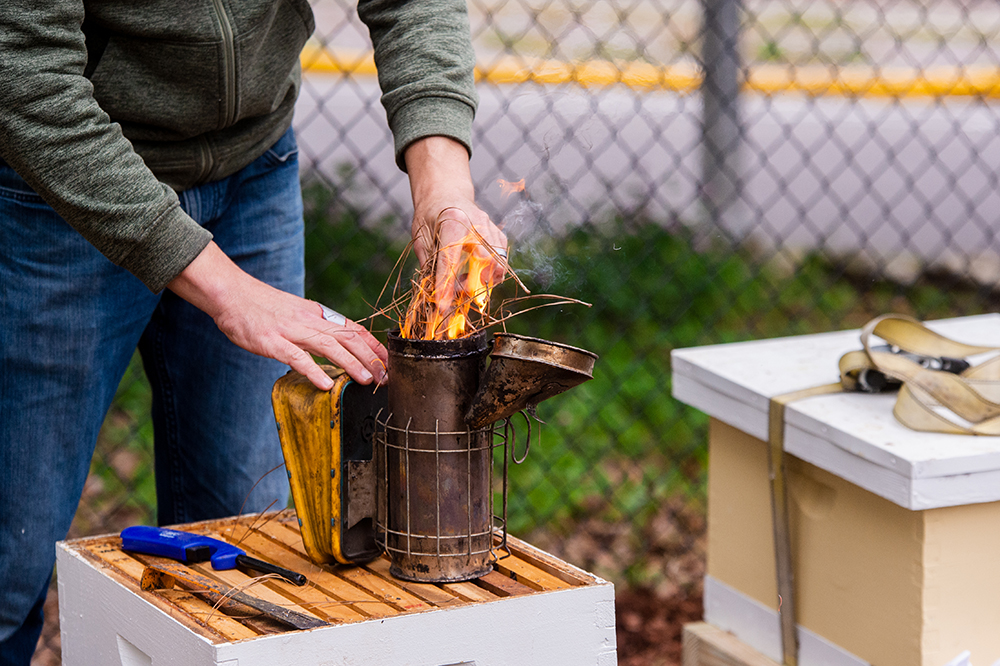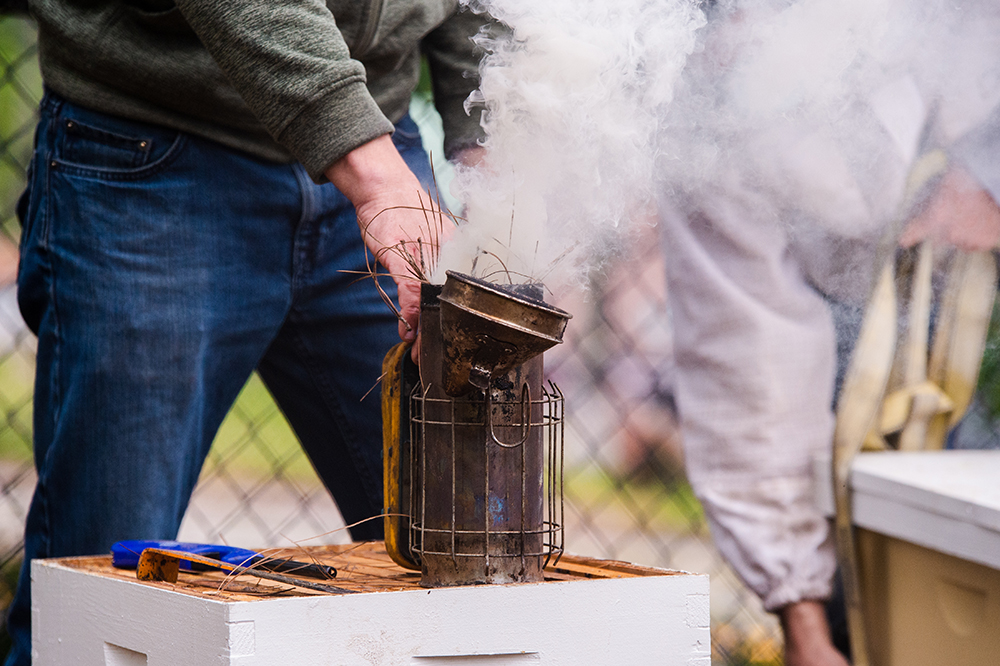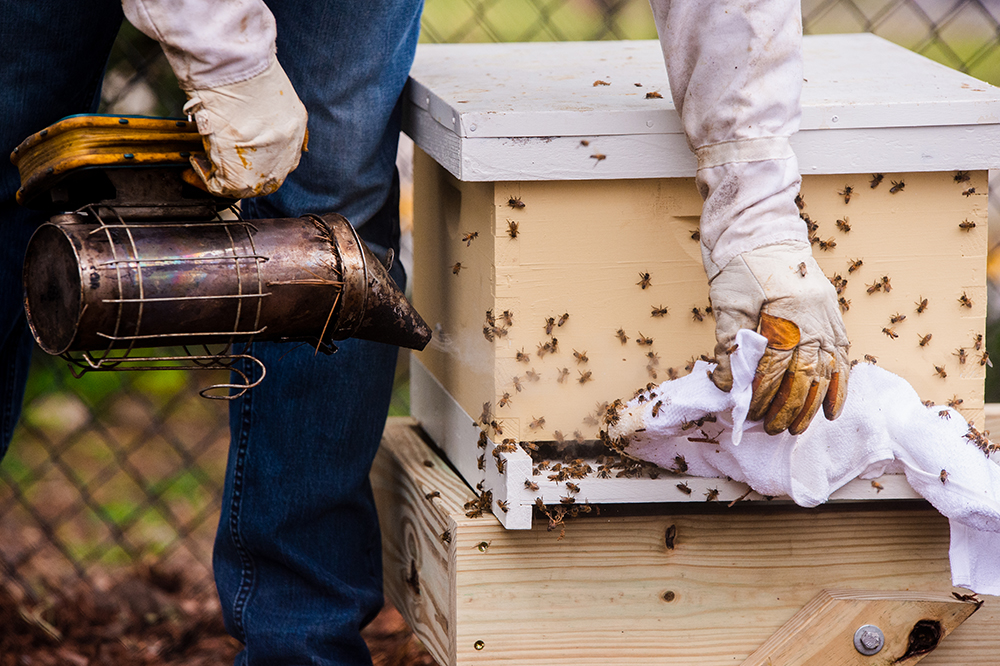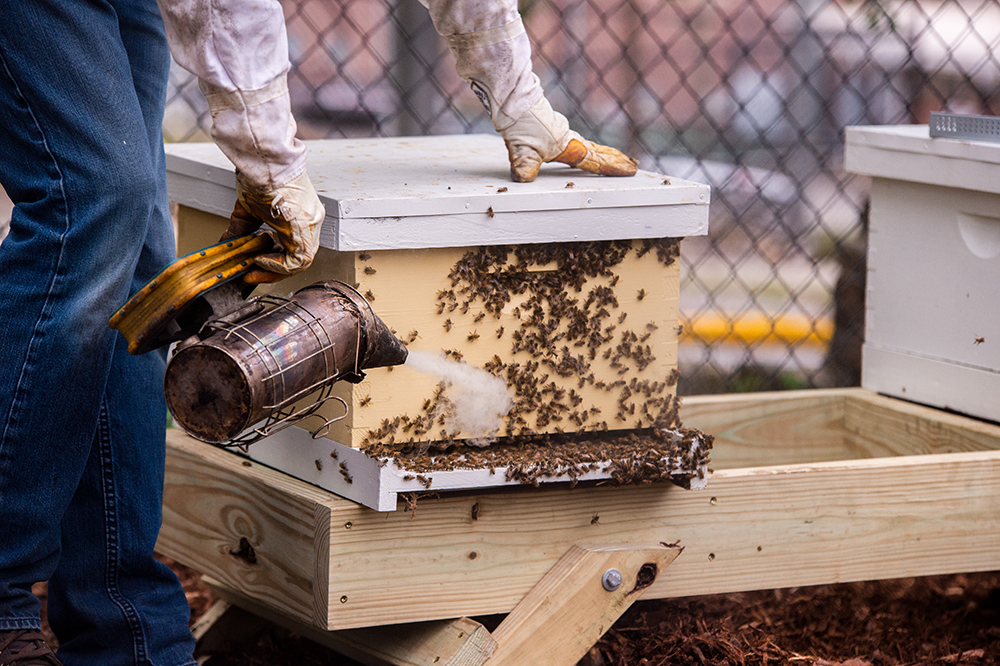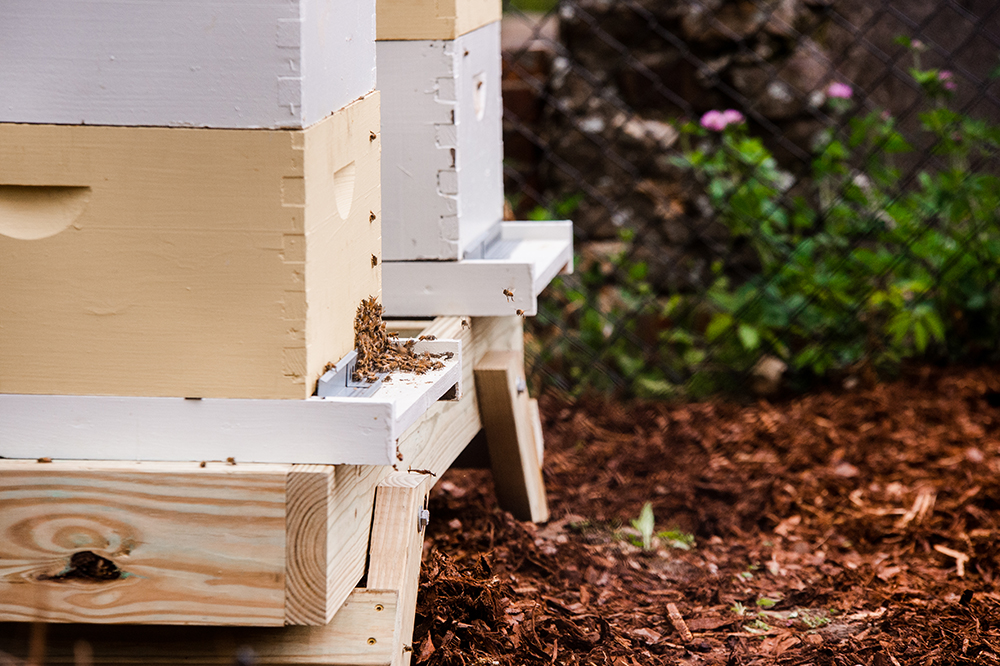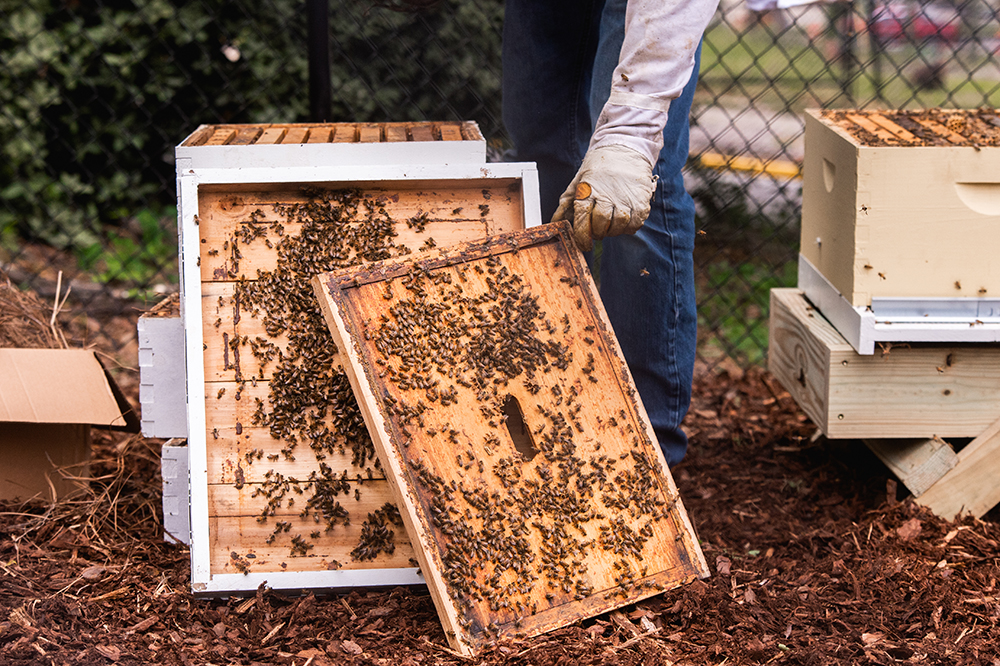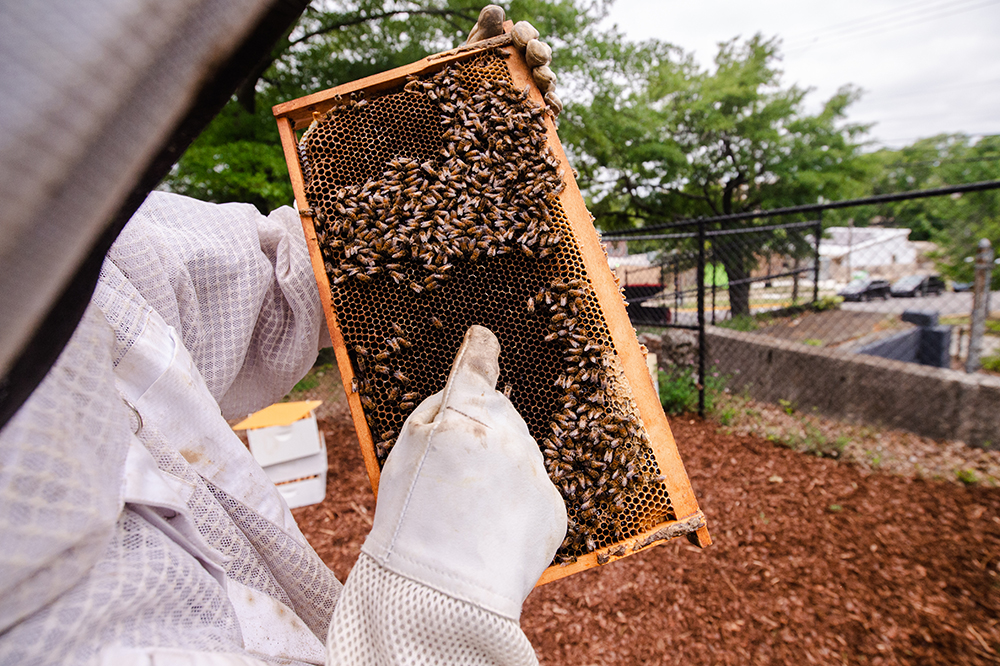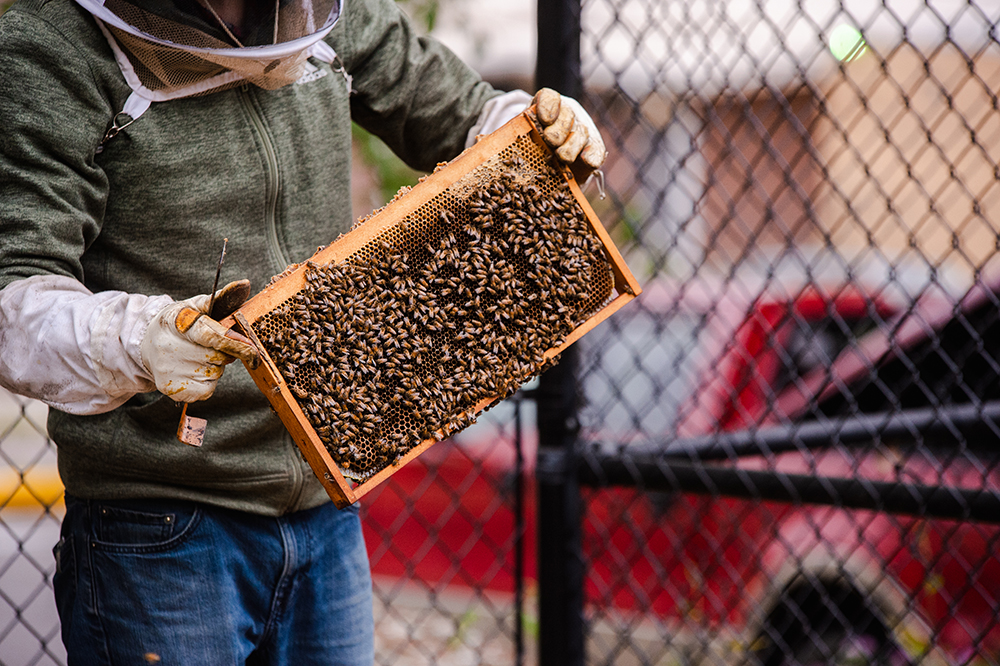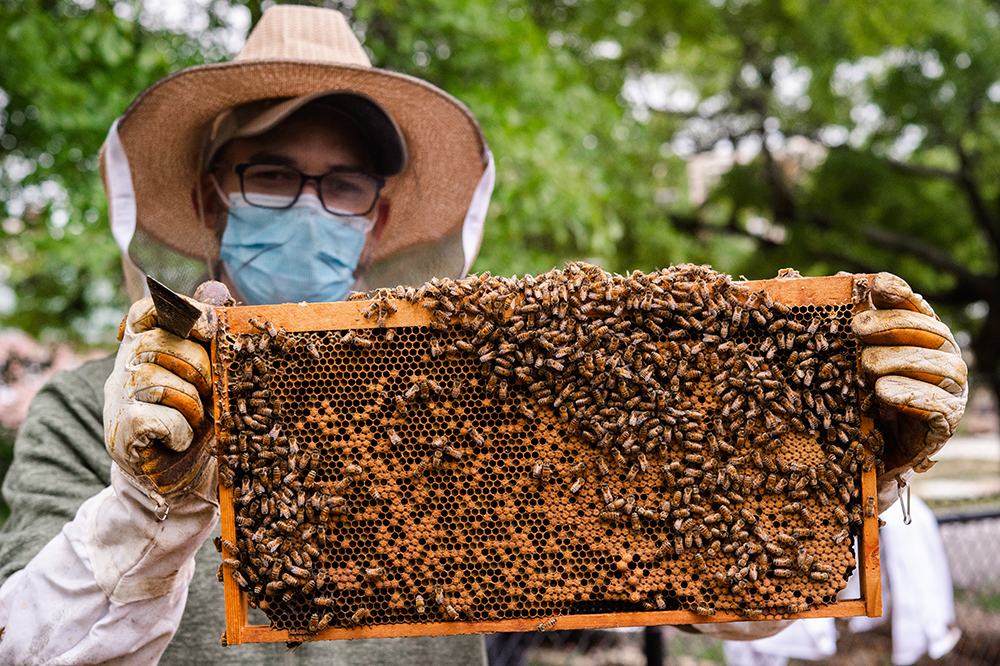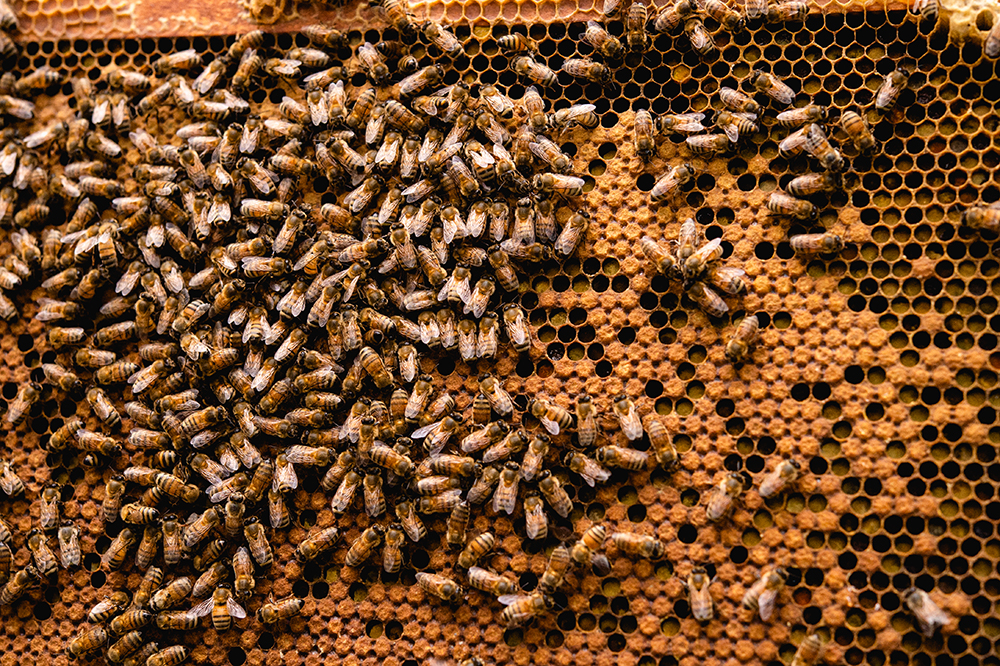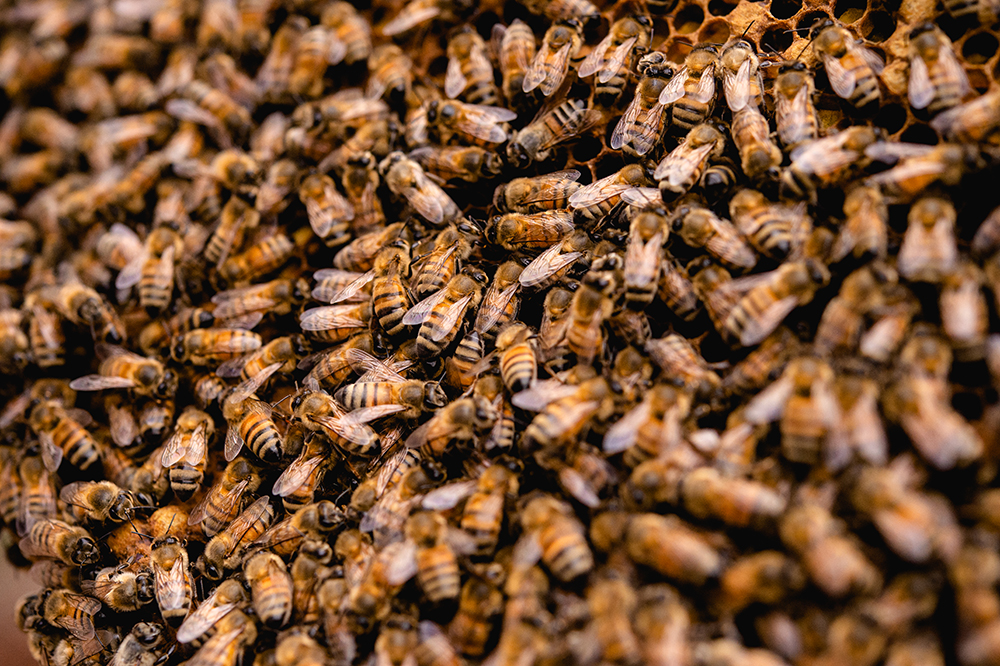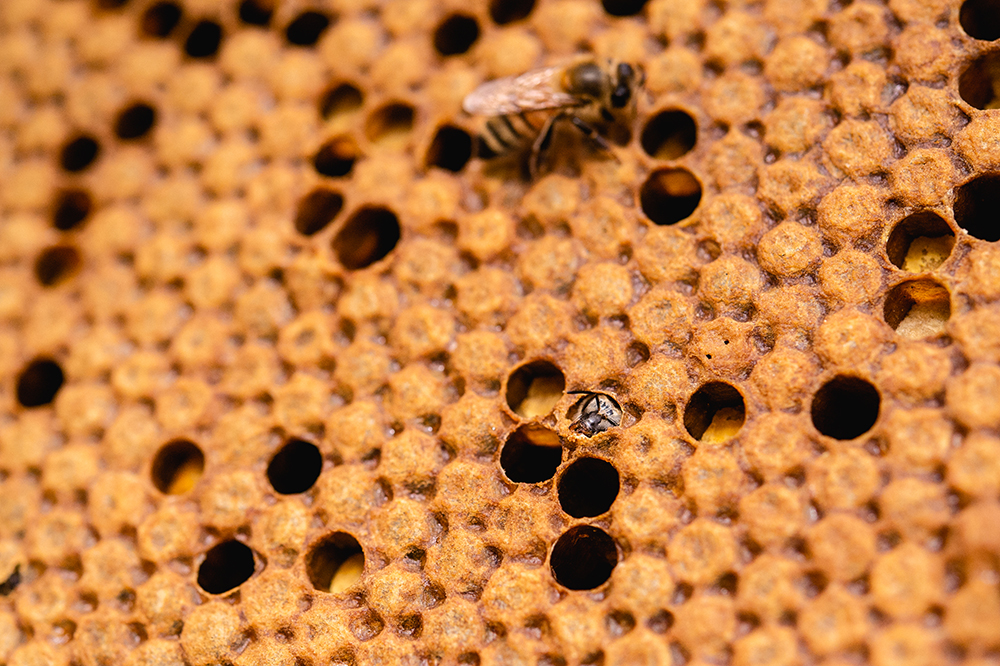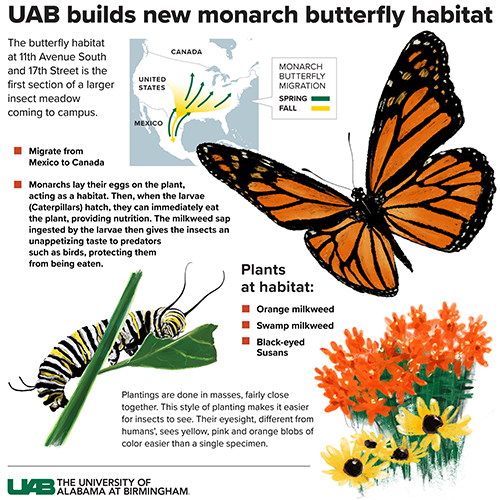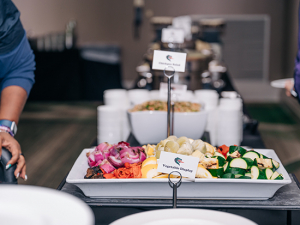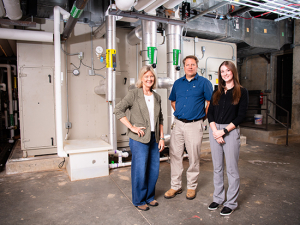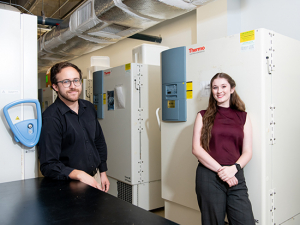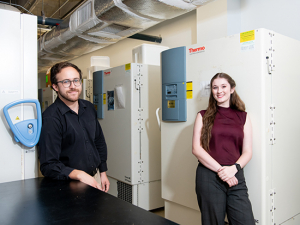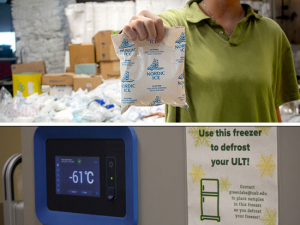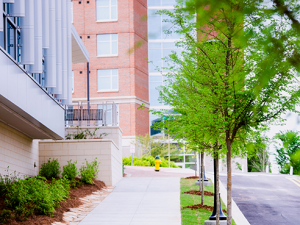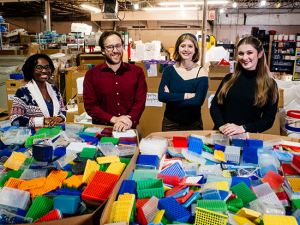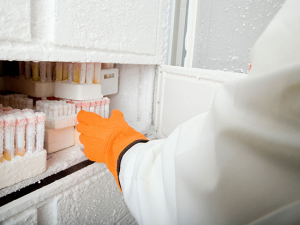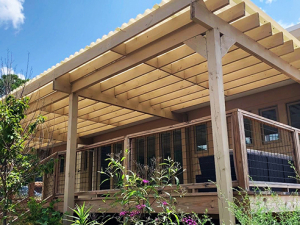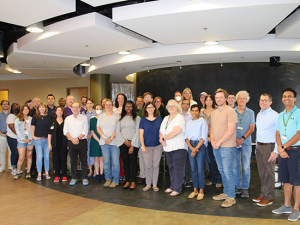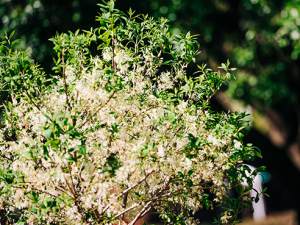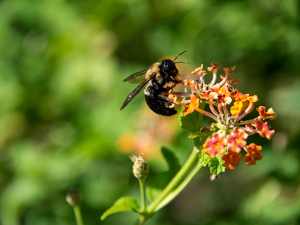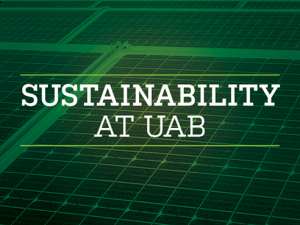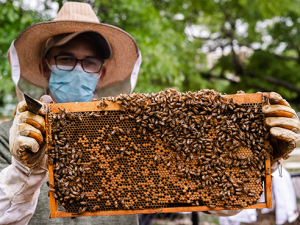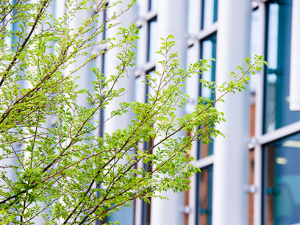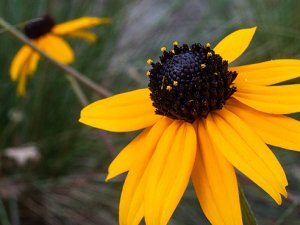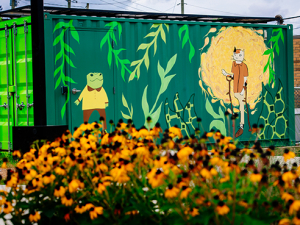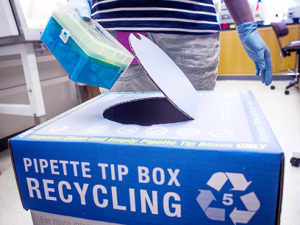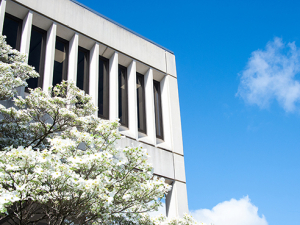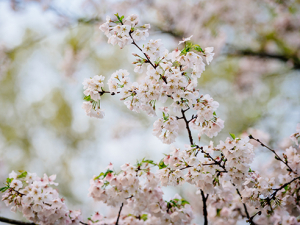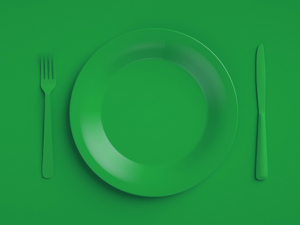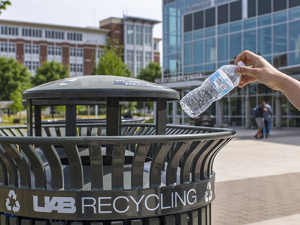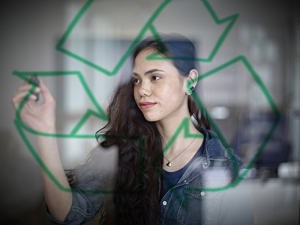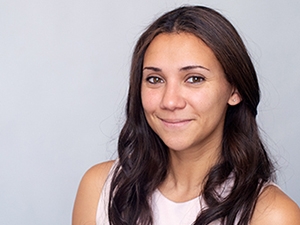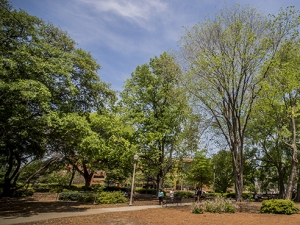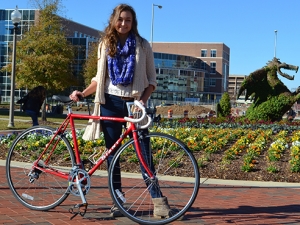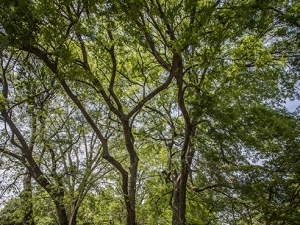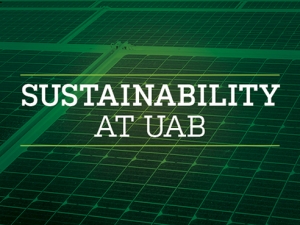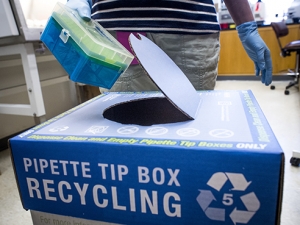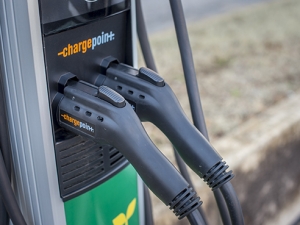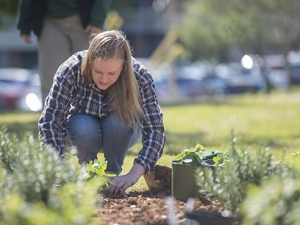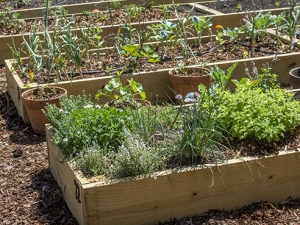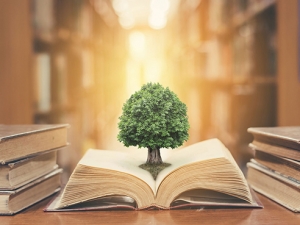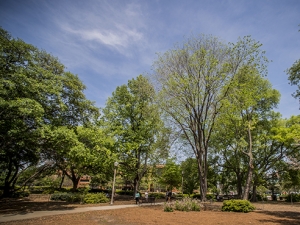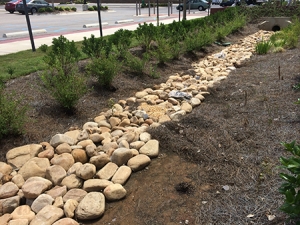-
A Foxhound Bee Co. employee stuffed pine needles into a smoker in order to open a beehive. LEXI COON / University Relations
-
A Foxhound Bee Co. employee stuffed pine needles into a smoker in order to open a beehive. LEXI COON / University Relations
-
Using the smoker, the beehive is opened. LEXI COON / University Relations
-
Using the smoker, the beehive is opened. LEXI COON / University Relations
-
The honeybees began to exit their carriers. LEXI COON / University Relations
-
A look inside the carriers. LEXI COON / University Relations
-
A beehive frame filled with honey bees. LEXI COON / University Relations
-
A beehive frame filled with honey bees. LEXI COON / University Relations
-
A beehive frame filled with honey bees. LEXI COON / University Relations
-
A beehive frame filled with honey bees. LEXI COON / University Relations
-
A beehive frame filled with honey bees. LEXI COON / University Relations
-
Bees and their honeycomb. LEXI COON / University Relations
Royalty has come to campus in the form of two queen honeybees and their subjects — about 40,000 worker bees.
Two small beehives were installed this month in the UAB Gardens to increase pollination in the area, which helps sustain Alabama’s native ecosystem. The bee waystation, situated in a fenced area across from the UAB Solar House, joins the adjacent monarch butterfly habitat, which was built this past fall to house milkweed plants and other nectar plants for monarch butterflies.
|
“These beehives are a first step for UAB in becoming a safe haven for honeybees, which are a threatened population in the United States.” |
“These beehives are a first step for UAB in becoming a safe haven for honeybees, which are a threatened population in the United States,” said Bambi Ingram, UAB Sustainability manager. “Honeybees pollinate melons, cotton and other crops in Alabama and are important to our ecosystem — I’m so proud that UAB recognizes their importance and wants to create a special place for them on our campus.”
The bees were provided through a partnership between UAB Sustainability, University Events and Foxhound Bee Co., a local company that provides beekeeping supplies and instruction.
“As the bees get situated in their new space, they will start bringing in pollen and nectar from their environment to help support their colony,” explained Adam Hickman, who owns Foxhound and is a certified master beekeeper. “And with some good weather and luck, they will bring in excess nectar to turn into honey that we can harvest.”
